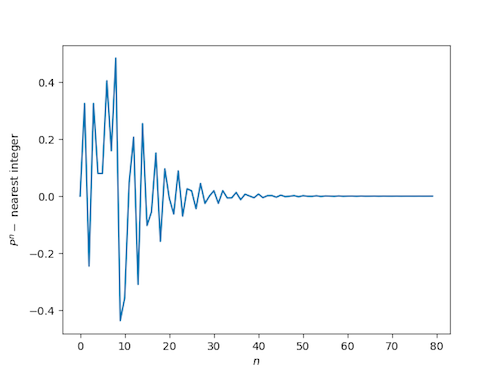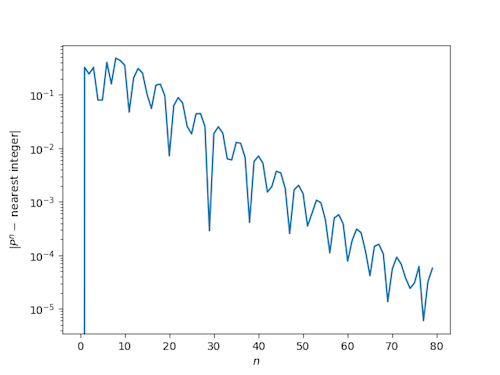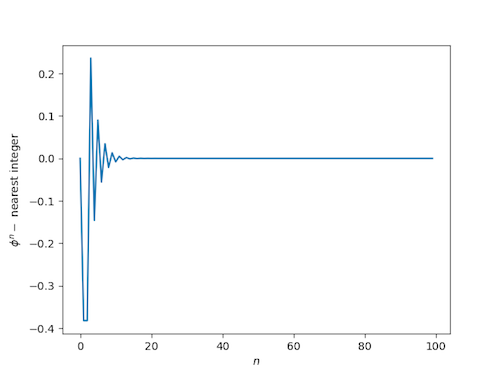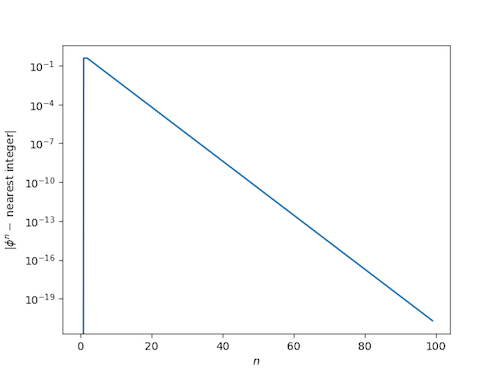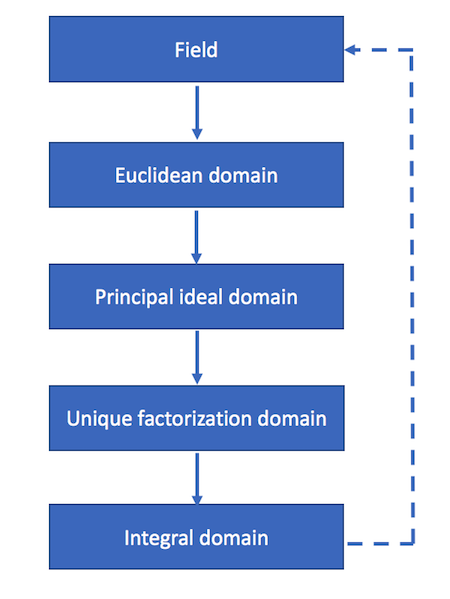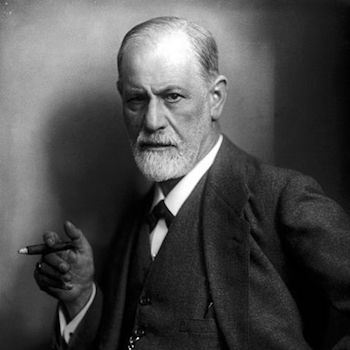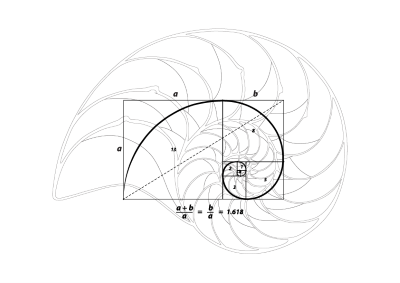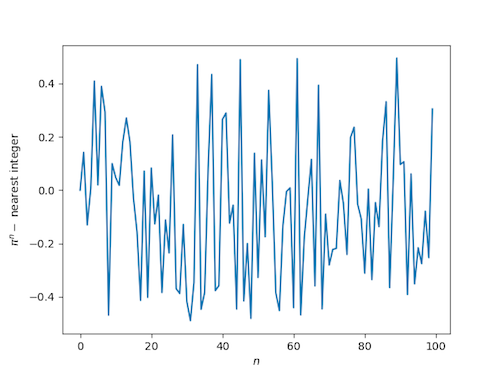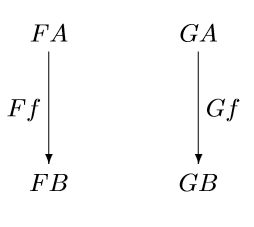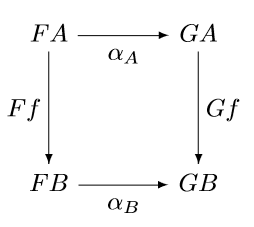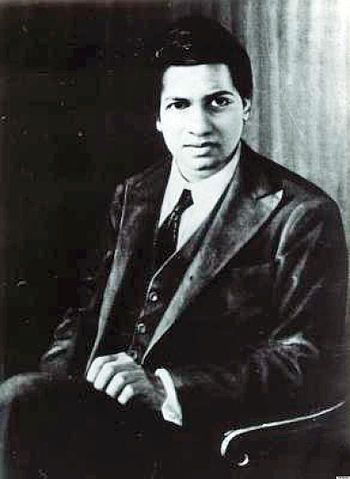The canonical examples of natural and unnatural transformations come from linear algebra, namely the relation between a vector space and its first and second duals. We will look briefly at the finite dimensional case, then concentrate on the infinite dimensional case.
Two finite-dimensional vector spaces over the same field are isomorphic if and only if they have the same dimension.
For a finite dimensional space V, its dual space V* is defined to be the vector space of linear functionals on V, that is, the set of linear functions from V to the underlying field. The space V* has the same dimension as V, and so the two spaces are isomorphic. You can do the same thing again, taking the dual of the dual, to get V**. This also has the same dimension, and so V is isomorphic to V** as well as V*. However, V is naturally isomorphic to V** but not to V*. That is, the transformation from V to V* is not natural.
Some things in linear algebra are easier to see in infinite dimensions, i.e. in Banach spaces. Distinctions that seem pedantic in finite dimensions clearly matter in infinite dimensions.
The category of Banach spaces considers linear spaces and continuous linear transformations between them. In a finite dimensional Euclidean space, all linear transformations are continuous, but in infinite dimensions a linear transformation is not necessarily continuous.
The dual of a Banach space V is the space of continuous linear functions on V. Now we can see examples of where not only is V* not naturally isomorphic to V, it’s not isomorphic at all.
For any real p > 1, let q be the number such that 1/p + 1/q = 1. The Banach space Lp is defined to be the set of (equivalence classes of) Lebesgue integrable functions f such that the integral of |f|p is finite. The dual space of Lp is Lq. If p does not equal 2, then these two spaces are different. (If p does equal 2, then so does q; L2 is a Hilbert space and its dual is indeed the same space.)
In the finite dimensional case, a vector space V is isomorphic to its second dual V**. In general, V can be embedded into V**, but V** might be a larger space. The embedding of V in V** is natural, both in the intuitive sense and in the formal sense of natural transformations, discussed in the previous post. We can turn an element of V into a linear functional on linear functions on V as follows.
Let v be an element of V and let f be an element of V*. The action of v on f is simply fv. That is, v acts on linear functions by letting them act on it!
This shows that some elements of V** come from evaluation at elements of V, but there could be more. Returning to the example of Lebesgue spaces above, the dual of L1 is L∞, the space of essentially bounded functions. But the dual of L∞ is larger than L1. That is, one way to construct a continuous linear functional on bounded functions is to multiply them by an absolutely integrable function and integrate. But there are other ways to construct linear functionals on L∞.
A Banach space V is reflexive if the natural embedding of V in V** is an isomorphism. For p > 1, the spaces Lp are reflexive.
However, R. C. James proved the surprising result that there are Banach spaces that are isomorphic to their second duals, but not naturally. That is, there are spaces V where V is isomorphic to V**, but not via the natural embedding; the natural embedding of V into V** is not an isomorphism.
Related: Applied functional analysis


